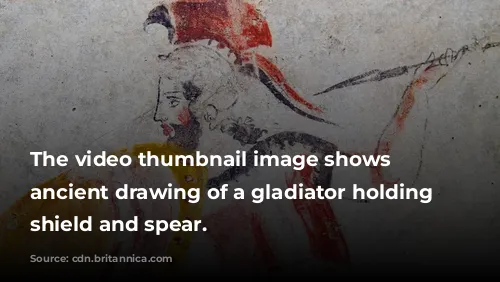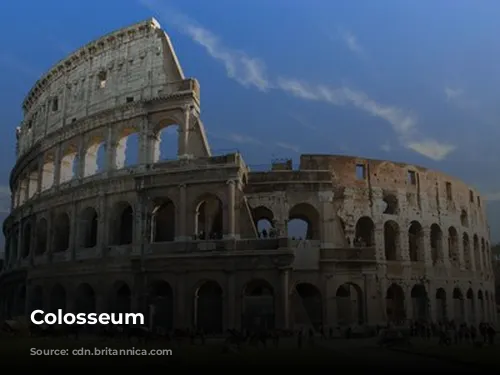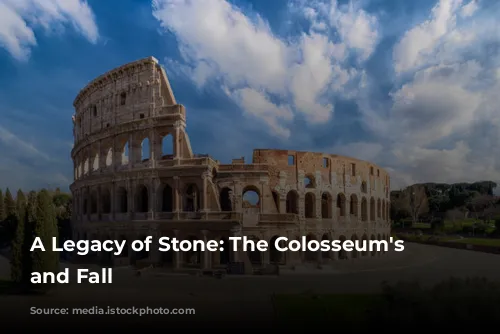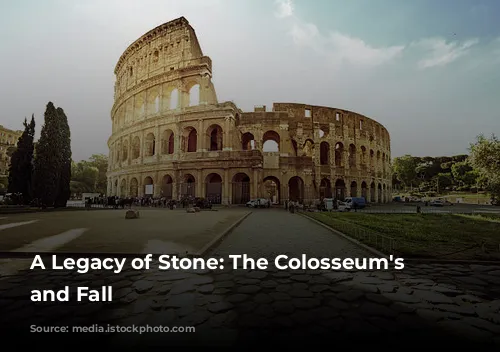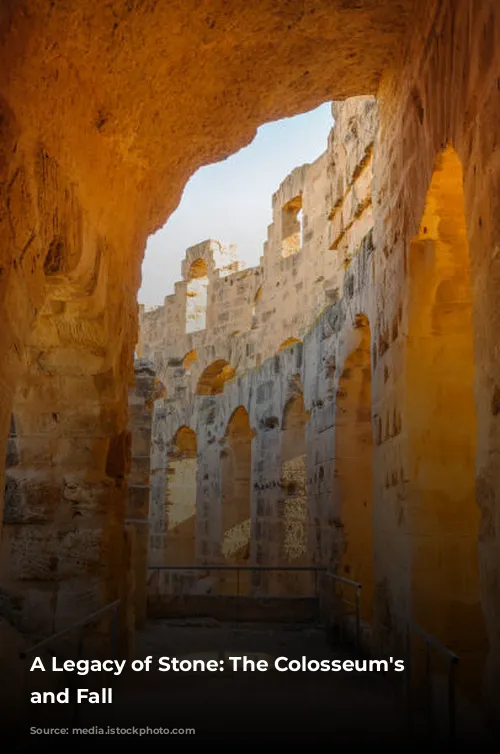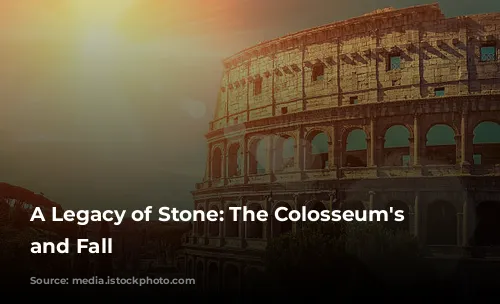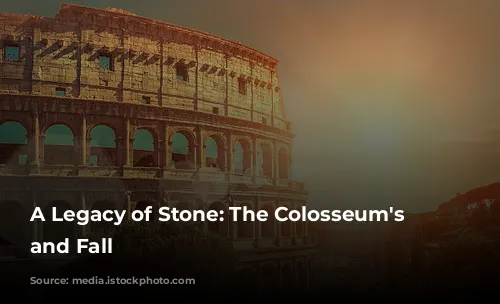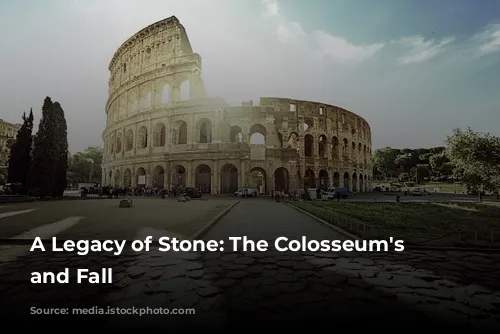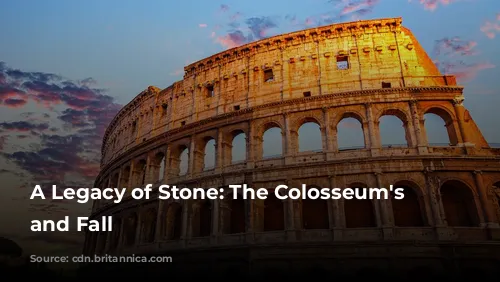The Colosseum, an iconic symbol of ancient Rome’s grandeur, stands today as a testament to the ingenuity of Roman architects and engineers. This colossal amphitheater, one of the few surviving structures from the Roman Empire, attracts millions of tourists every year, injecting significant revenue into the Italian economy. In 2018 alone, the Colosseum, Roman Forum, and Palatine Hill generated over $63.3 million (€53.8 million) in revenue, making it the top tourist attraction in Italy.
Despite its enduring fame, the Colosseum has experienced a turbulent history. Following the decline of the Western Roman Empire, the magnificent structure fell into disrepair. The 12th century saw the Frangipane and Annibaldi families transform the arena into their fortress. The 15th century brought further neglect as Pope Alexander VI allowed the Colosseum to be used as a quarry. Over a thousand years of neglect passed before restoration efforts, funded by the Italian state, began in the 1990s.
The construction of the Colosseum was a grand project, born from a desire to revitalize Rome after the chaotic “Year of the Four Emperors” in 69 CE. Emperor Vespasian, driven by a vision of entertainment and spectacle, envisioned the Colosseum as a place for gladiatorial combat, animal hunts, and even mock naval battles. It was intended to be a grand venue for the people of Rome, a symbol of imperial power and entertainment.
The Colosseum’s construction spanned a decade, commencing under Vespasian between 70 and 72 CE. Vespasian’s son and successor, Titus, dedicated the completed structure in 80 CE, with a 100-day festival filled with gladiatorial contests and other spectacles. The final touch, the fourth story, was added by Emperor Domitian in 82 CE. The funding for this magnificent project came from the plunder of Jerusalem during Titus’s siege in 70 CE, and Jewish slaves from Judea were instrumental in its construction.
A Monument of Might: Engineering and Design
The Colosseum is a testament to Roman architectural prowess, a colossal elliptical structure constructed from stone, concrete, and tuff. Rising to four stories, it measures an impressive 620 by 513 feet (189 by 156 meters), with a capacity to hold up to 50,000 spectators. The Colosseum’s iconic use, gladiatorial combat, became synonymous with the structure itself.
Located east of the Palatine Hill, the Colosseum was strategically placed on the site of Nero’s Golden House. The artificial lake, a centerpiece of the palace complex, was drained to make way for the Colosseum. This decision was not only practical but also symbolic, as Vespasian, a ruler of humble origins, replaced Nero’s extravagant private lake with a public amphitheater, showcasing his commitment to the people of Rome.
The Colosseum’s construction utilized a complex system of barrel and groin vaults, a departure from the usual practice of building amphitheaters into hillsides for support. The three lower stories of the arena are adorned with arcades framed by engaged columns in the Doric, Ionic, and Corinthian orders, a design that became influential in the Renaissance. The structure is primarily built from travertine, with secondary walls of volcanic tufa and a concrete inner bowl and arcade vaults.
Spectacle and Decline: The Colosseum in Action and in Ruin
The Colosseum provided an arena for grand spectacles, with its seating capacity of 50,000 spectators. A massive retractable awning, known as a velarium, shielded the audience from the sun. This awning, operated by hundreds of Roman sailors, was supported by masts extending from corbels built into the topmost story of the Colosseum. Thousands of gladiatorial combats, contests between men and animals, and mock naval battles took place within its walls, captivating the crowds of ancient Rome. While the Colosseum is often associated with the persecution of early Christians, there is no definitive evidence that it was a site of martyrdom.
Over time, the Colosseum suffered from neglect, vandalism, and natural disasters, its grandeur slowly fading. The marble seats and decorative materials were stripped away, turning the site into a quarry for over a thousand years. Medieval times saw the Colosseum transformed into a church and then a fortress for prominent Roman families. Lightning strikes, earthquakes, and pollution further contributed to its decline.

A Monument Reforged: Restoration and Modern Significance
The 19th century marked the beginning of serious preservation efforts for the Colosseum, with notable contributions by Pope Pius VIII. A major restoration project was undertaken in the 1990s, breathing new life into the ancient structure. Today, the Colosseum stands as a beacon for visitors, attracting close to seven million people annually. It remains one of Rome’s most iconic landmarks, offering a window into the history and culture of ancient Rome through changing exhibitions and events.
The Colosseum, a symbol of Rome’s past, continues to inspire awe and wonder in the modern world. Its enduring presence is a reminder of the ingenuity and grandeur of Roman civilization, a legacy etched in stone and forever entwined with the history of the Eternal City.
